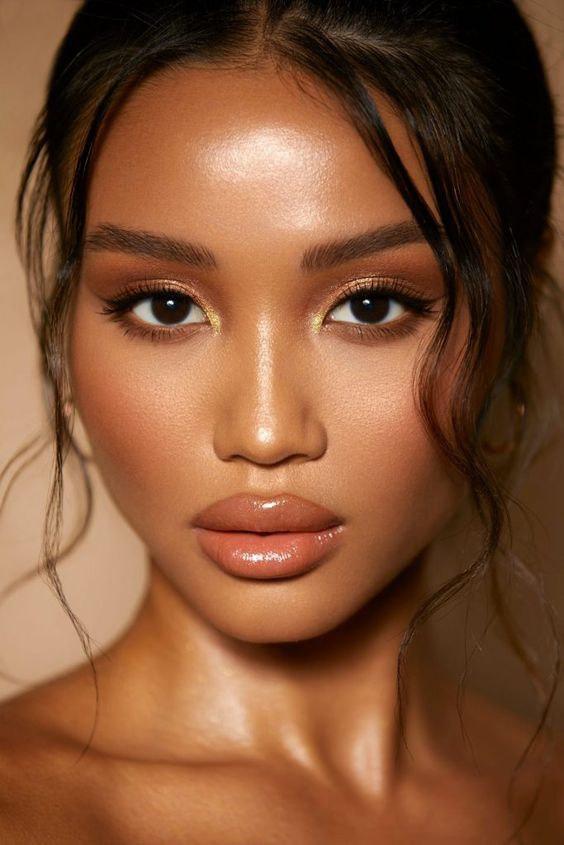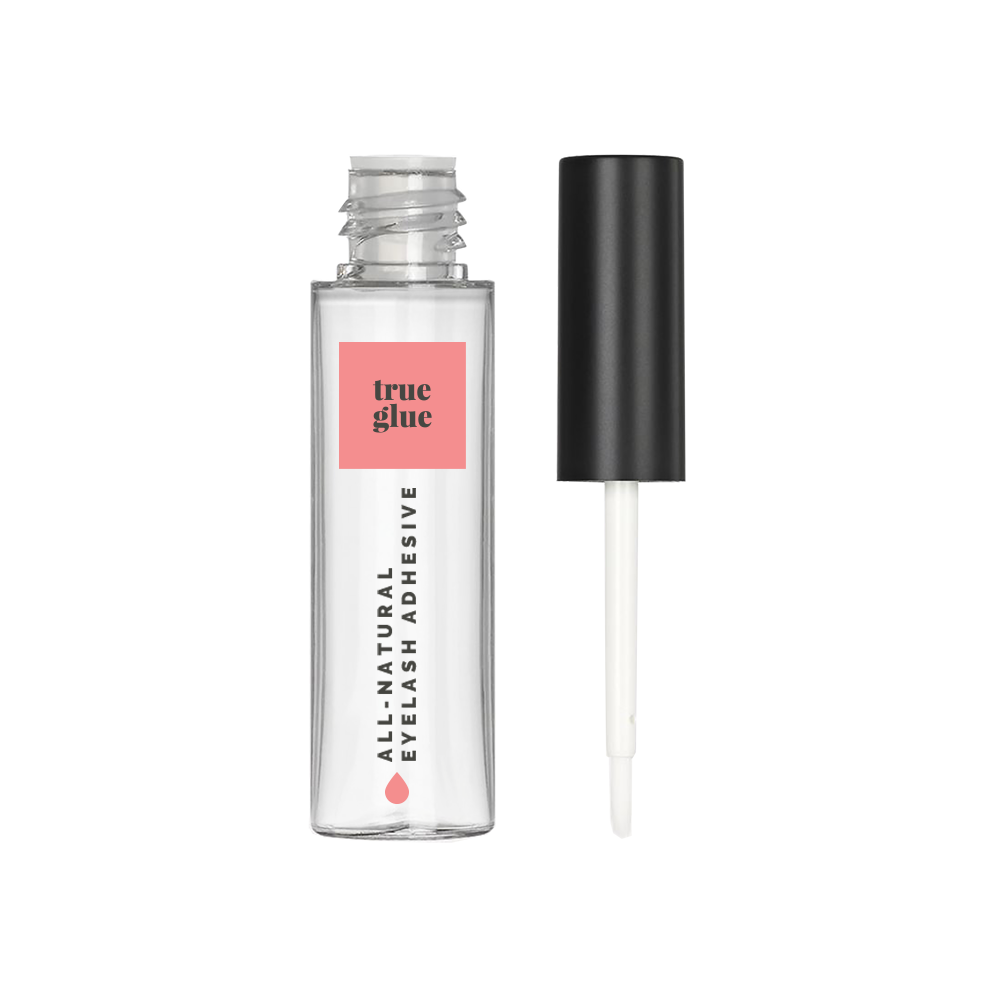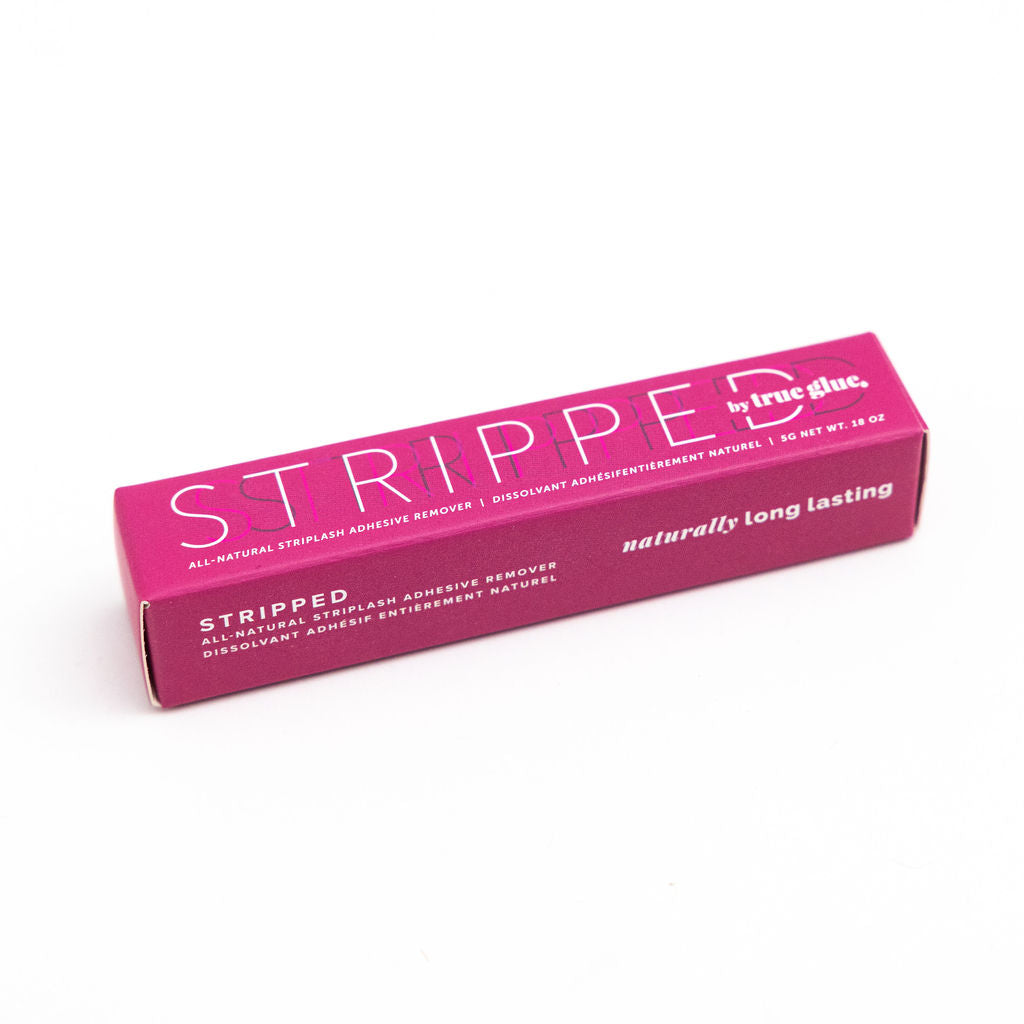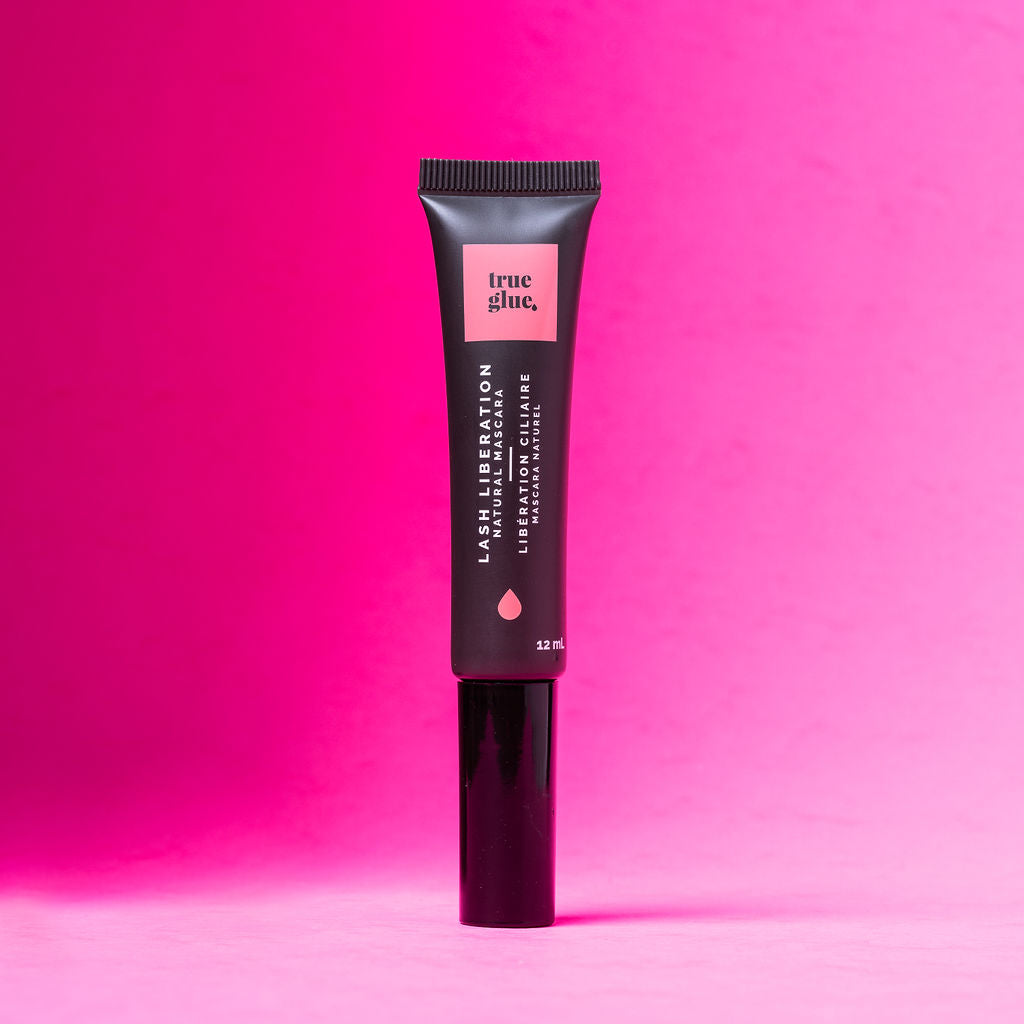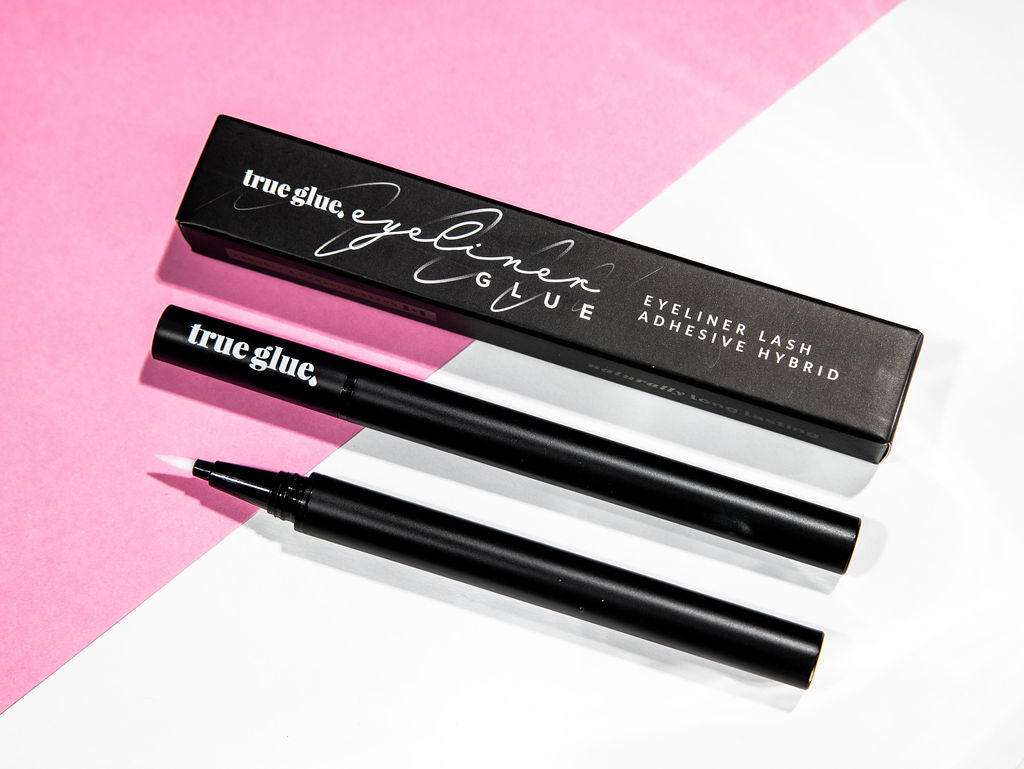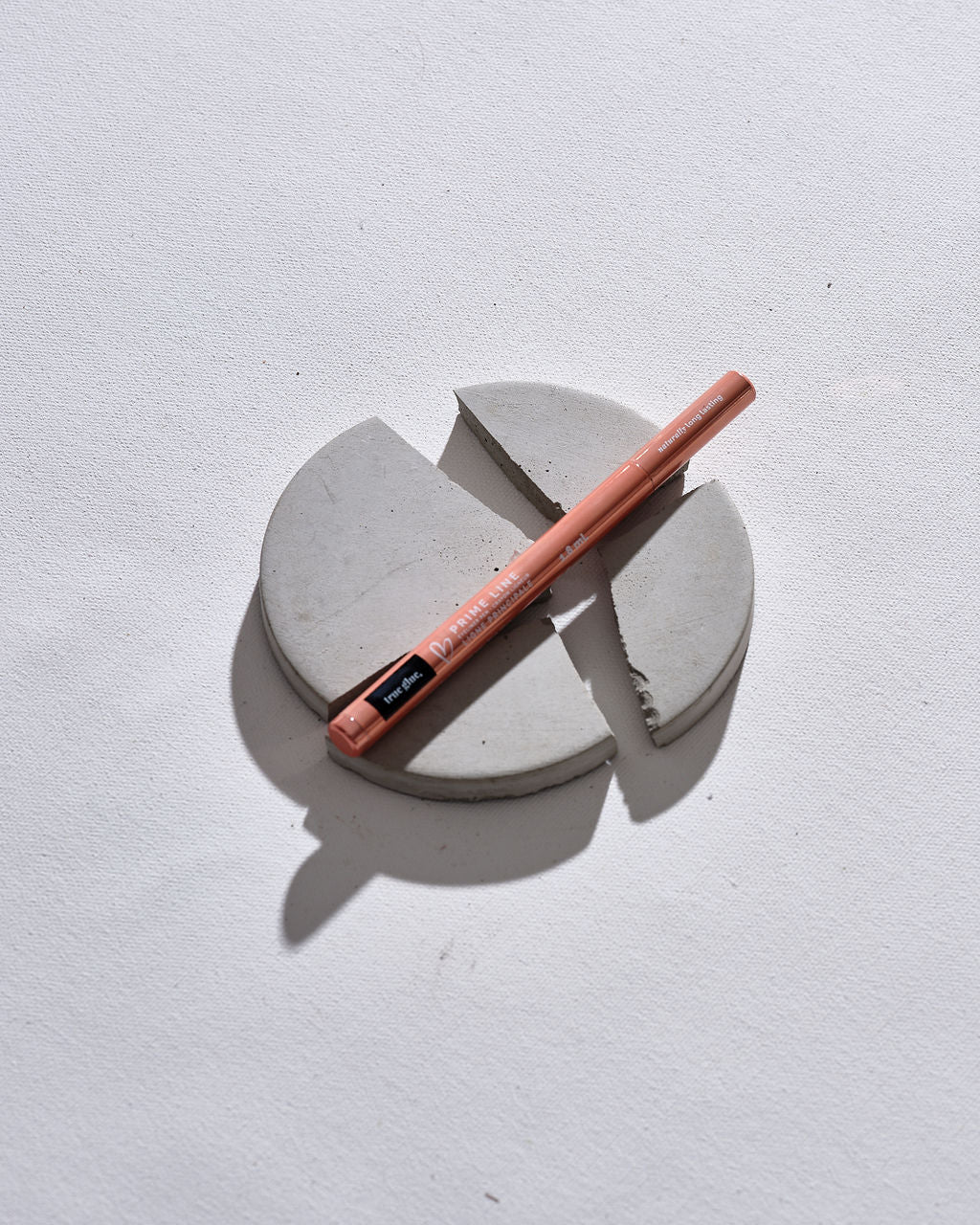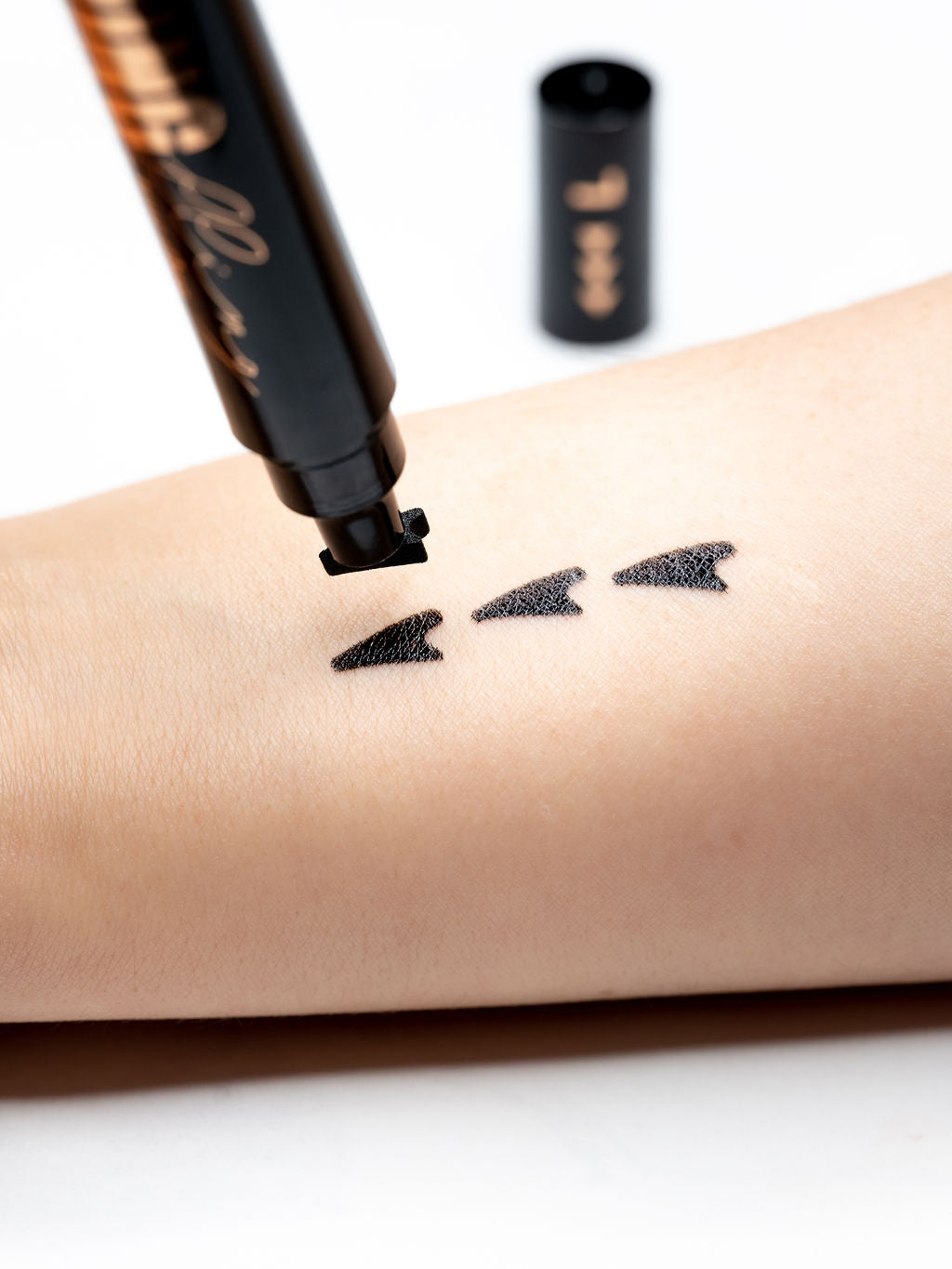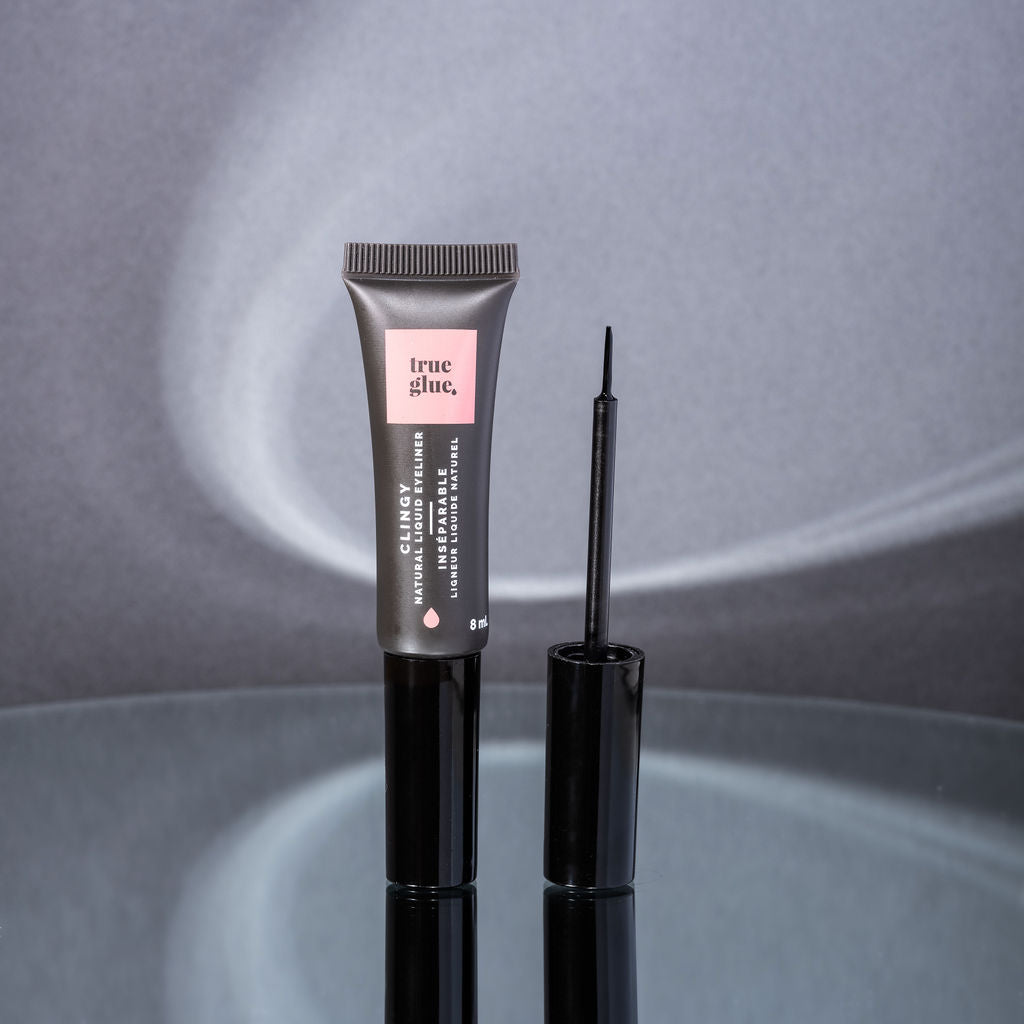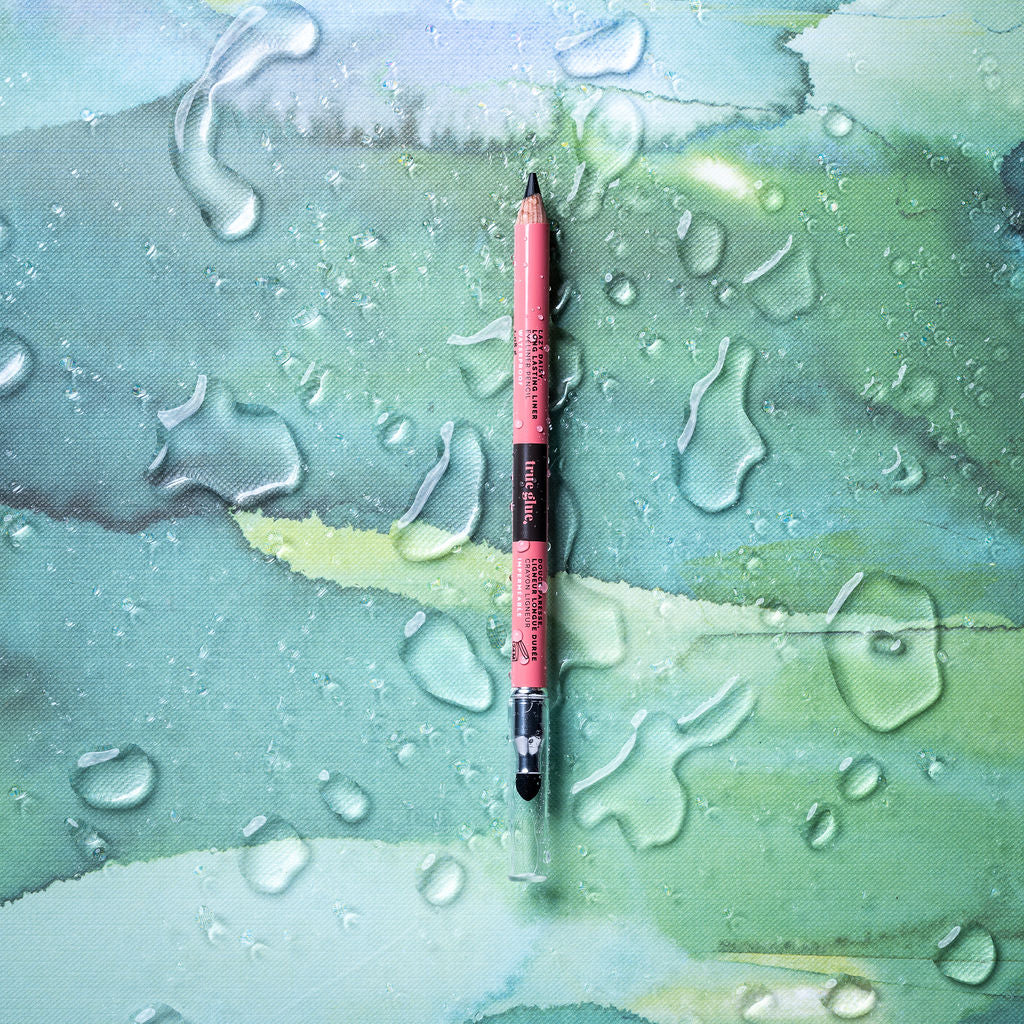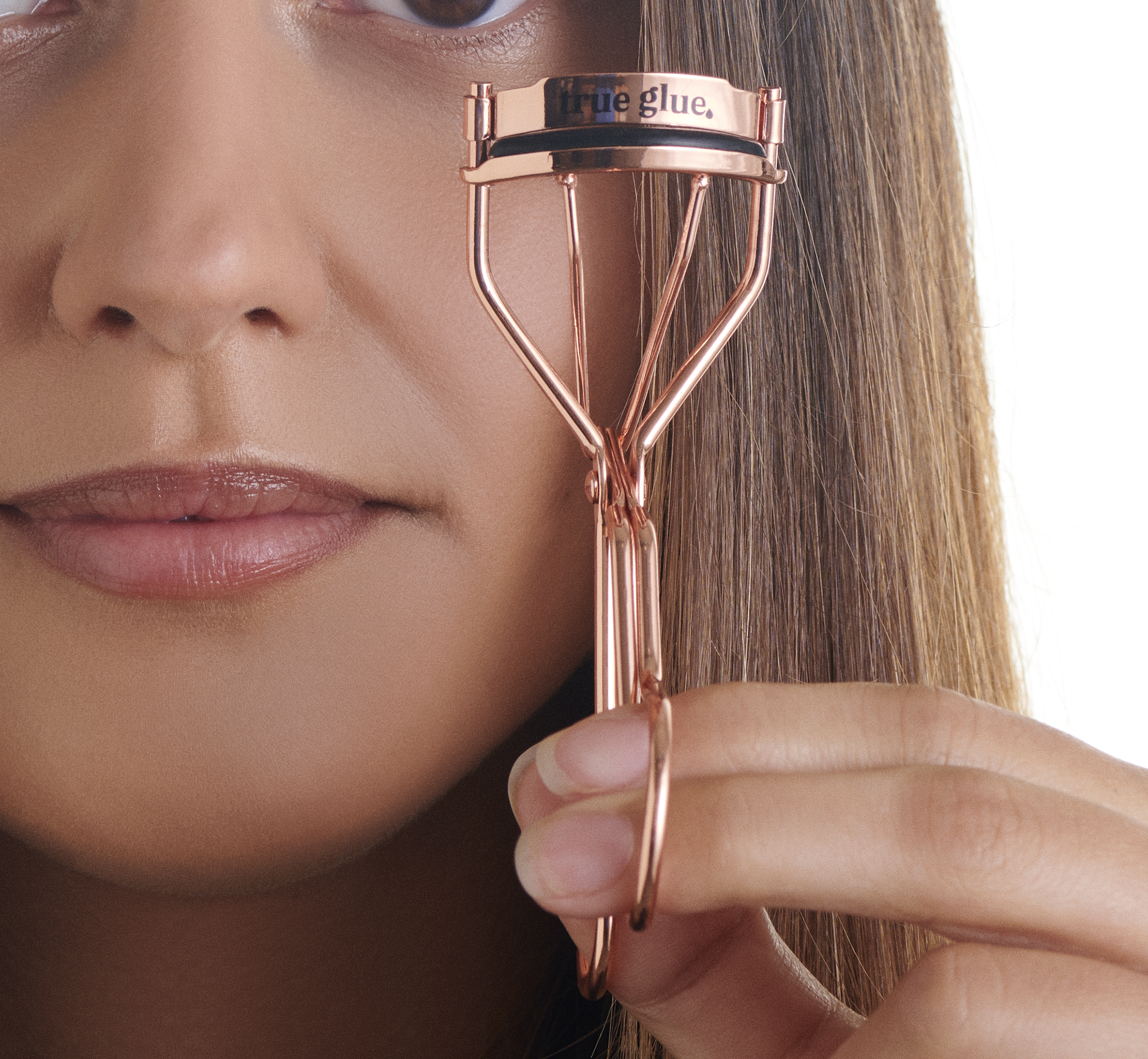In our quest for flawless skin and luscious hair, many of us slather on various beauty products without giving much thought to their ingredients. However, it's crucial to be aware that numerous conventional beauty products contain harmful chemicals that can have adverse effects on our health and the environment. Understanding these chemicals and learning how to avoid them is essential for maintaining our well-being and promoting sustainability in the beauty industry.
Common Harmful Chemicals in Beauty Products Beauty products often contain a cocktail of chemicals, including parabens, phthalates, sulfates, and synthetic fragrances. These substances can penetrate the skin and enter our bloodstream, potentially leading to health issues such as hormone disruption, allergic reactions, and even cancer. Examples of products that commonly contain these harmful ingredients include shampoos, moisturizers, and makeup items.
Impact on Health and the Environment The use of chemical-laden beauty products can have far-reaching consequences for both our health and the environment. Beyond individual health risks, these chemicals can also contribute to environmental pollution and harm aquatic ecosystems. Additionally, the production and disposal of plastic packaging further exacerbate the problem of plastic waste in our oceans and landfills.
How to Identify and Avoid Harmful Chemicals To protect ourselves and the planet, it's essential to become savvy label readers and learn to decipher ingredient lists. Look out for terms like "paraben-free," "phthalate-free," and "sulfate-free" when selecting beauty products. Utilize resources such as the Environmental Working Group's Skin Deep database to research the safety of ingredients and seek out natural and organic alternatives.
Making the Switch to Chemical-Free Beauty Transitioning to a chemical-free beauty routine doesn't have to be daunting. Start by gradually replacing conventional products with cleaner alternatives or exploring DIY beauty recipes using natural ingredients like coconut oil, shea butter, and essential oils. Additionally, there is a growing market of clean beauty brands committed to producing safe and sustainable products.
By understanding the harmful chemicals lurking in conventional beauty products and taking proactive steps to avoid them, we can safeguard our health and minimize our impact on the environment. Let's prioritize clean, natural beauty solutions that nourish our bodies and promote a more sustainable future for all.
Additional Resources
-
Book: "No More Dirty Looks: The Truth about Your Beauty Products—and the Ultimate Guide to Safe and Clean Cosmetics" by Siobhan O'Connor and Alexandra Spunt
- This book provides an in-depth exploration of harmful chemicals commonly found in beauty products and offers practical advice on how to transition to safer alternatives.
-
Documentary: "The Story of Cosmetics"
- Produced by the Campaign for Safe Cosmetics, this documentary sheds light on the hidden toxins in personal care products and examines the lack of regulation in the beauty industry. It offers insights into the environmental and health impacts of chemical-laden cosmetics and advocates for safer alternatives.

